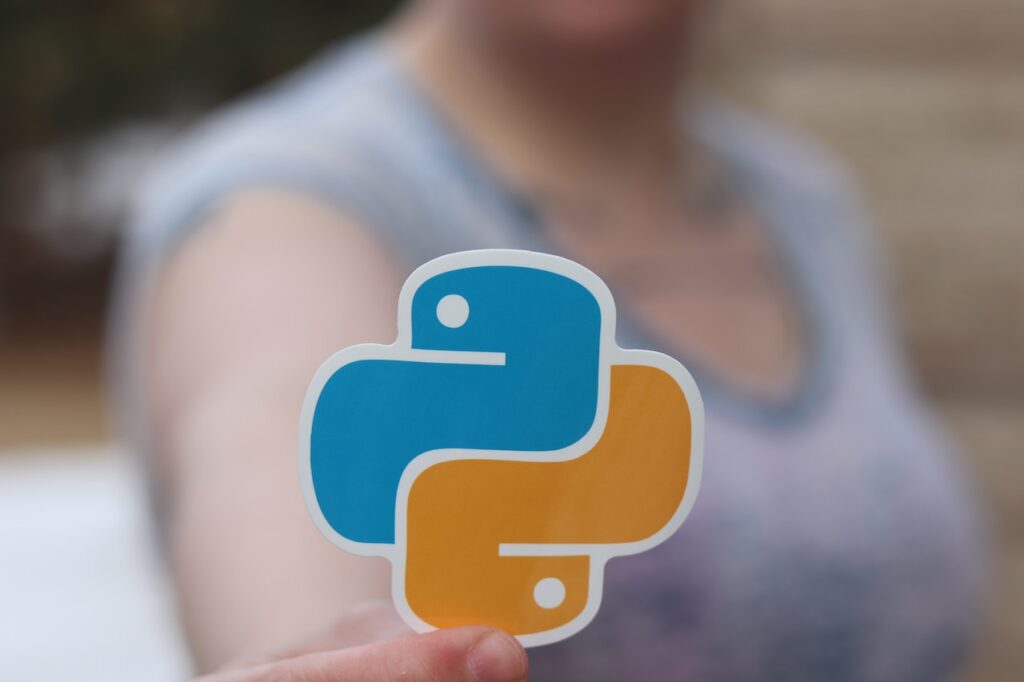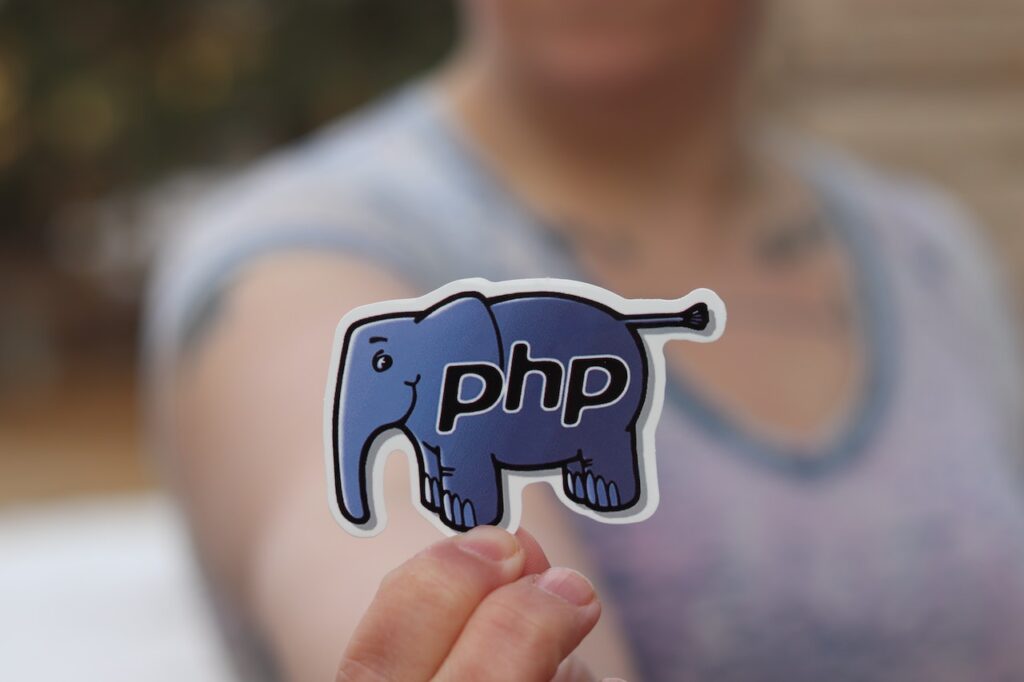Introduction to Python
Python is a general-purpose language, designed to be easy to write and read, based on a simple syntax. That makes it easy for people starting in the software industry, and good for teaching programming in school.
Its intrinsic beauty and minimalism make Python a great choice for solving complex problems and have attracted software engineers, data scientists, academic researchers, and artificial intelligence experts. It also has strengths in backend web development and scripting.

Advantages of Python
Python is a programming language that has a syntax very similar to the English language, making it very simple for developers to read and write code in it, even if they have not used python before.
Python’s standard library is vast, you can find all the required functions you need for almost any task. For example, for Data Science, Python has multiple libraries available to handle mathematical and scientific functions, such as TensorFlow, NumPy, Pandas, and so on.
Simple syntax and wide availability of libraries and frameworks such as Django make it a good choice for efficient and rapid code development.
Python has an open-source license and is available to anyone for free, allowing you to easily distribute it.
Python can run on any machine, whether it’s Mac, Windows, Or Linux. This means that you can write and use Python code across different systems without making any changes to the code

Disadvantages of Python
Due to Python code mostly being interpreted from byte code and running on a virtual machine akin to Java, it is slower than C/C++, Go, and alike and it also may have higher memory usage.
Python is an excellent server-side programming language since it is powerful on both server platforms and desktops. However, one of the disadvantages of Python is mobile development. Python does not have many built-in mobile applications since it is memory inefficient and requires a significant amount of processing power.
Comparison between Python and other programming languages
Comparing programming languages is a difficult task, as many of them are designed to achieve different outcomes, and have different approaches and paradigms. With that in mind, let’s compare some well-known programming languages with Python.
vs Java
The main difference is that Java is a compiled and typed language, while Python is interpreted in runtime and dynamically typed. In general, Python has a lower run time and faster launch time, while Java has a faster run time and lower launch time.
Python has a lower entry point for newcomers and Java is harder to learn, due to its complexity, inherited from languages like C or C++. Learning Python is significantly faster than learning and mastering Java.
Both are reliable for projects of all sizes, including big corporate products.
On a practical level, Python will be less taxing on your organization in mostly in terms of developer resources.
Which should you use? A quick rule of thumb: use Python if you prioritize development speed; use Java if you value software stability.
vs PHP
These are very different languages on syntax and paradigm levels. Picking Python or PHP for your project highly depends on your requirements. Both languages are good for web development and have great web frameworks maintained by big communities (for example, Django for Python and Laravel for PHP).
We would recommend using Python for machine learning, data processing, and more complex problems.
PHP’s popularity has been decreasing, while Python’s popularity has been increasing over the years. That doesn’t make PHP a bad language, as many people say, and it’s being actively developed, releasing new versions, like Python. On a syntax level, if you prefer simplicity and beauty, pick Python; PHP syntax remembers more languages from the C or C++ family, similar to each other.
Which should you use? If you are starting a new project, we would recommend Python. Use PHP if your project requirements somehow force you into that.

vs Ruby
Both languages are great for web development, while Ruby is mainly used for the Web, Python is able to perform a wide range of tasks. These languages are different in paradigms and ways to solve problems.
Ruby’s popularity has been declining over the years, while Python’s popularity has been increasing. Regarding syntax, Ruby is more flexible, allowing developers to come up with more creative solutions, while Python’s philosophy is more about clear, simple, and direct solutions.
Conclusion

Both languages share similarities: they run on the server side, are high-level languages, dynamically typed, general-purpose, cross-platform, mature, well-established, and used by big tech companies.
Which should you use? Unless you require Ruby, we would recommend going on with Python. You can do almost anything with Python, not the other way around. Python has particular advantages over Ruby in areas such as data processing, machine learning, and scientific research.
